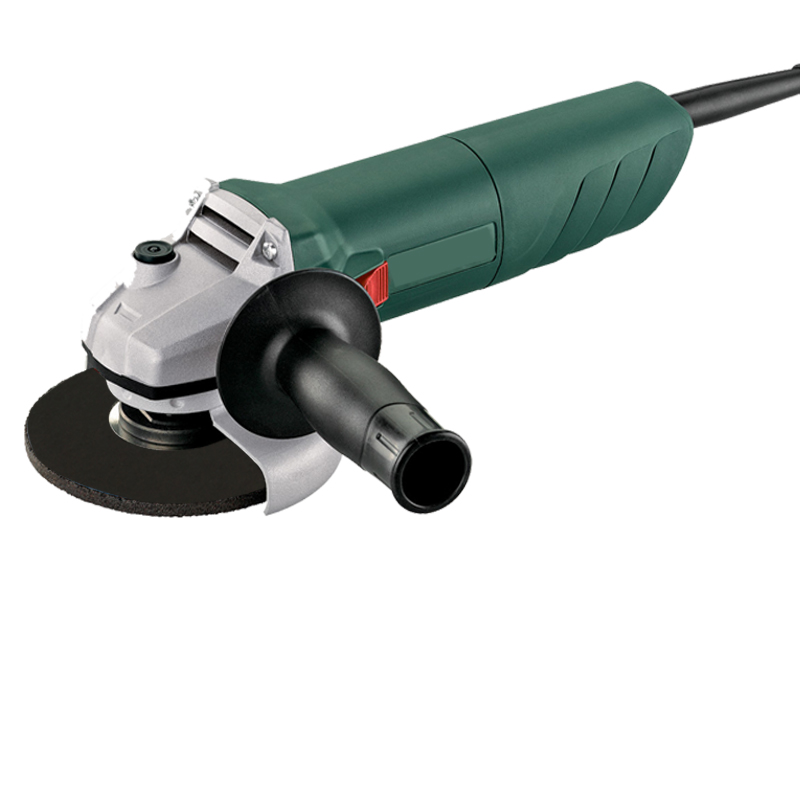Understanding Flap Disc Types A Comprehensive Overview
Flap discs have become an essential tool in various industries, particularly in metalworking and fabrication. Their versatility and effectiveness in grinding and finishing tasks make them a preferred choice among professionals. However, not all flap discs are created equal, and understanding the different types available can significantly enhance productivity and the quality of work. In this article, we’ll delve into the various flap disc types, their specific applications, and the materials used in their construction.
What are Flap Discs?
Flap disc is a type of abrasive tool made from multiple overlapping pieces of abrasive material, or flaps, bonded to a backing plate. These flaps are designed to provide a combination of grinding and finishing in a single step, which sets flap discs apart from traditional grinding wheels. They can be mounted on angle grinders and are widely used for metalworking, woodworking, and surface preparation.
Types of Flap Discs
Flap discs come in several configurations that cater to specific applications and surface materials
. Here are the most common types1. Type 27 Flap Discs These discs feature a flat profile and are typically used for blending, finishing, and light grinding tasks. They are ideal for flat surfaces and provide a consistent finish, making them suitable for tasks like weld preparation and removal.
2. Type 29 Flap Discs Characterized by their conical shape, Type 29 discs are best for contouring and grinding uneven surfaces. The angled design allows for more aggressive grinding action, making these discs suitable for heavy stock removal, grinding welds, and working on curved surfaces.
3. Type 24 Flap Discs This type of flap disc has a thinner profile, which allows for easier access to tight spaces. Type 24 discs are great for detail work and finishing tasks where precision is crucial.
4. Multi-Layer Flap Discs These discs consist of numerous layers of flaps made from different abrasive materials. They are designed to tackle a variety of tasks, from grinding to deburring, in a single operation. Multi-layer discs allow for a smoother finish and are popular in both metal and woodworking applications.
flap disc types

Materials Used in Flap Discs
Flap discs are designed using various abrasive materials, each suited for specific applications
1. Aluminum Oxide This is perhaps the most common abrasive material used for flap discs. It’s versatile and suitable for grinding ferrous metals, making it ideal for general-purpose use.
2. Zirconia Alumina Known for its durability, zirconia alumina is excellent for heavy-duty applications. It's commonly used for grinding stainless steel and other high-tensile materials due to its longevity and heat resistance.
3. Silicon Carbide This abrasive is sharper than aluminum oxide and is often used for non-ferrous materials, such as plastic, ceramics, and wood. Silicon carbide flap discs are excellent for finishing tasks where a smooth surface is required.
4. Ceramic Ceramic flap discs are designed for aggressive grinding and cutting tasks. They have a high removal rate and last longer than other types of abrasives, especially on hard metals. This makes them a preferred choice for industrial applications.
Choosing the Right Flap Disc
When selecting a flap disc, it's essential to consider several factors the material you will be working on, the type of work to be performed (grinding, blending, or finishing), and the specific characteristics of the flap discs available. Each type of flap disc has its strengths and weaknesses, so understanding the requirements of your job will help in making an informed decision.
Conclusion
Flap discs are invaluable in modern metalworking and finishing applications, offering merit in both efficiency and finish quality. With a variety of types and materials available, it's crucial to select the appropriate flap disc for your specific tasks. Whether you are a DIY enthusiast or an industrial professional, understanding flap disc types can significantly impact your work’s outcome. Armed with this knowledge, you can optimize your use of flap discs and achieve superior results in your projects.
Post time:Dec - 12 - 2024

















